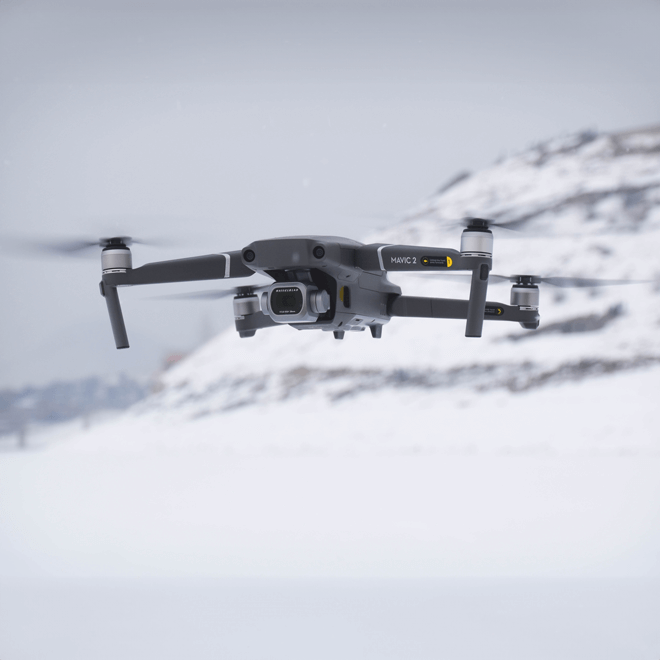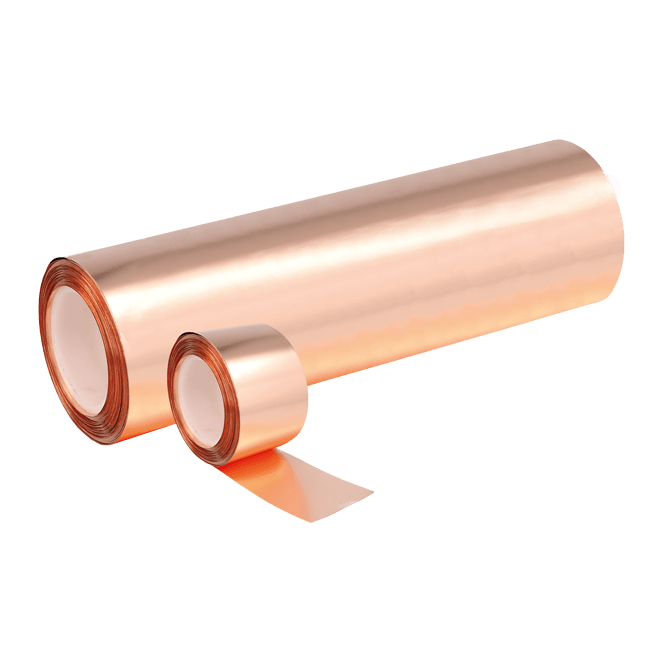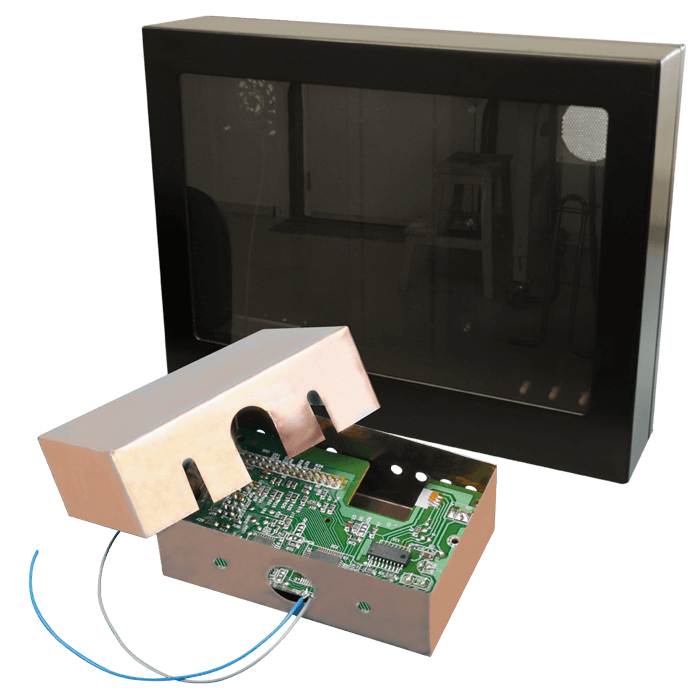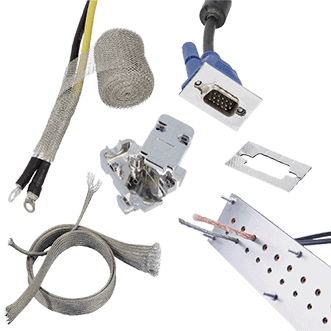- Contact Us
- |
- Jobs
- |
- About Us
- |
- |
-
- Personal information
- Organization
- Quotes
- Address book
- Login
- Don't have an account? Sign-up
EMI for Drones
- Home
- EMI for Drones

With drones, an important problem for the magnetic compass are the power lines to the motors. The DC part of the large currents can generate a powerful permanent field that disrupts the Earth's magnetic field. This can cause problems with the magnetic compass.
Further disturbance of the GPS can be caused by fast pulses. In collector motors, for example, this is a spark failure that is supported by the supply voltage and current. In the more expensive versions with the so-called brushless motors, the pwm control with which the motors are controlled is the main culprit.
To solve a large part of these problems, the first and foremost is twisting the forward and return supply lines, causing the magnetic fields of the outgoing and return lines to cancel each other out to a large extent.
It is also important that no return current flows through any conductive part of the drone, for example an aluminium construction part. So avoid unwanted parallel paths. If the cabling comes too close to the compass, it is better to "meander" with the cabling in a detour to keep it as far away as possible from the compass. Try to prevent the compass from being located within the surface of a current loop.
To obtain an even better magnetic coupling between the supply and return pipe, a magnetically conductive foil can be wrapped around the twisted pair of wires.
And to also shield the E fields (which can disrupt the GPS), an electrically conductive sleeve can be mounted over the magnetically coupled twist pairs. This sleeve must be grounded on one side. Which side that is will have to be determined experimentally.
The GPS receiver is best mounted as high as possible on the drone (at the greatest possible distance from the sources of interference) and underneath an electrically conductive groundplane. This must make contact with the shortest possible connection to the ground side of the antenna. Use thin copper foil as an electrically conductive material. Thin due to weight. Furthermore, shield all cabling that could cause interference (e.g. data cables) with copper foil and ground at the source side.
Beside this, you need to harden the drone against Electromagnetic waves and pulses generated by anti-drone weapons (C-UAV). We like to discuss the newest technology with you.



